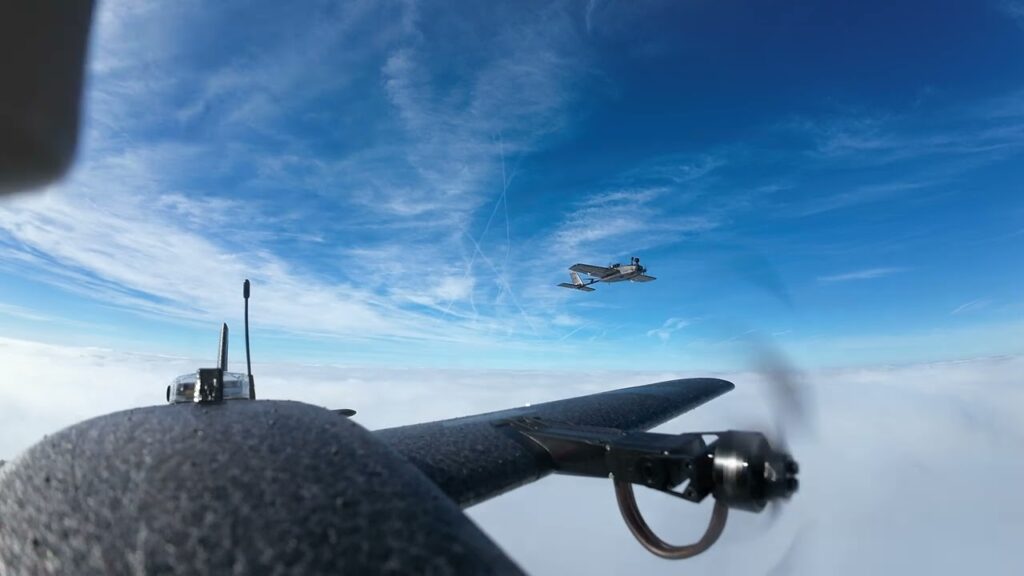Cloudsurfing Above the Battlefield: A New Dimension of Drone Warfare?
The proliferation of affordable, readily available drone technology is rapidly changing the face of modern conflict. From reconnaissance and targeting to direct attacks, unmanned aerial vehicles (UAVs), commonly known as drones, are now integral tools of war. But beyond these established roles, a new dimension of drone operation is emerging: Cloudsurfing FPV (First Person View) flight. This technique, often associated with recreational flying, is finding its place, albeit controversially, in conflict zones. The following analysis examines recent video footage to understand how Cloudsurfing FPV is being utilized and what its implications might be. We’ll specifically be looking at a demonstration using the Heewing T1 Ranger VTOL, a versatile platform capable of vertical takeoff and landing, opening up a range of tactical possibilities in challenging terrain.
Key Takeaways from the Heewing T1 Ranger Cloudsurfing Video
- VTOL Capabilities in Action: The video demonstrates the Heewing T1 Ranger’s ability to seamlessly transition from vertical takeoff to conventional fixed-wing flight, ideal for operating in areas with limited landing space – a crucial advantage in a battlefield environment.
- Cloudsurfing Demonstration: The footage showcases the drone navigating through cloud cover, highlighting its potential for reconnaissance and surveillance missions in obscured weather conditions, potentially masking its movements from ground observation or radar.
- FPV Perspective: The use of FPV goggles gives the pilot an immersive, real-time view from the drone’s perspective, allowing for greater maneuverability and precision, potentially valuable for target identification or navigating complex environments.
- Formation Flying Potential: While not explicitly shown in this particular video, the title suggests the possibility of coordinated flights involving multiple drones, hinting at future applications in swarming tactics or cooperative surveillance.
- Civilian Technology, Military Implications: The use of readily available consumer-grade drones, like the Heewing T1 Ranger, modified with FPV systems and long-range communication technology (like the Crossfire system used in the video) underscores the increasing accessibility of advanced drone technology to both state and non-state actors in conflict zones.
Emerging Horizons: FPV and the Future of Drone Warfare
Based on this video and reports from Associated Press and Jane’s Defence Weekly regarding drone usage in current conflicts, Cloudsurfing FPV could represent a significant tactical advantage in certain scenarios. Imagine a small, agile drone, launched vertically from a concealed location, ascending through cloud cover to conduct reconnaissance, then relaying real-time intelligence back to a command center – all while remaining virtually undetectable. Alternatively, these drones could be utilized for delivering small payloads or even electronic warfare, disrupting enemy communications.
The implications for future conflict are substantial. The increasing accessibility and sophistication of these systems raises concerns about the potential for misuse by non-state actors, blurring the lines between conventional and asymmetric warfare. Furthermore, the use of FPV drones in contested airspace presents complex legal and ethical challenges, demanding careful consideration by international bodies.
FPV in Focus: From Recreation to Battlefield
The adaptation of Cloudsurfing FPV from a recreational activity to a potential tool of war underscores the rapid evolution of drone technology and its impact on conflict. The Heewing T1 Ranger video offers a glimpse into this evolving landscape, raising critical questions about the future of warfare. Scroll down to view the video and explore these crucial developments further.

